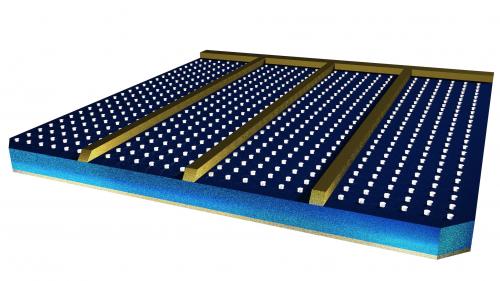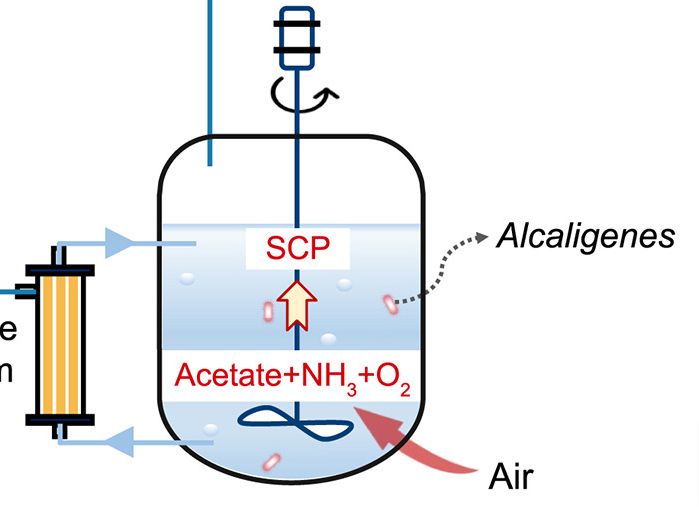Architectural framework for capturing solar energy has been done using layers of materials one over the other. It has been an expensive module to work upon. So in order to reduce the overall cost, the number of layers has been restricted, which lowered its total efficiency level.
In order to counter act this problem, researchers came up with a solution according to which, the effectiveness of panels can be increased upto 22% by using aluminum studs on the plane surface of the material that’ll be exposed to the sun light. The studs would bend the beam, which will become easier for trapping inside the absorbing layer.
This means, enhancing the surface area for capturing the sunlight of a solar cell without increasing the cell’s footprint. Refection and scattering would help in availability of more light than before. At the microscopic level, these studs resemble an array of interlocking LEGO building bricks.
Absorbing material is the main component that constitutes the major chunk of economy of the entire solar panels, thus the movement towards the “anti reflection coating” would definitely give boost in terms of harnessing the solar energy with bare minimum depletion.
The plan is to make room for allowing absorption of more light and this is achieved with a row of aluminum cylinders -100 nanometers -on the top of the solar panel. These studs changed the course of the light, once bend inside the solar panel the beam travel long distances through the absorbing layer.
Conventionally, gold and silver studs were employed for capturing beam but the studs used to absorb some amount of light before entering into the panels thus lowering the efficiency; a phenomenon that is not seen with aluminum cylinders. A solution, which happens to be cheaper and also found in abundance.
Future of such technology envision the probability of making flexible solar panels across curved surfaces which would power all the devices right from home appliances to gadgets including laptops.
Source: Imperial College London




